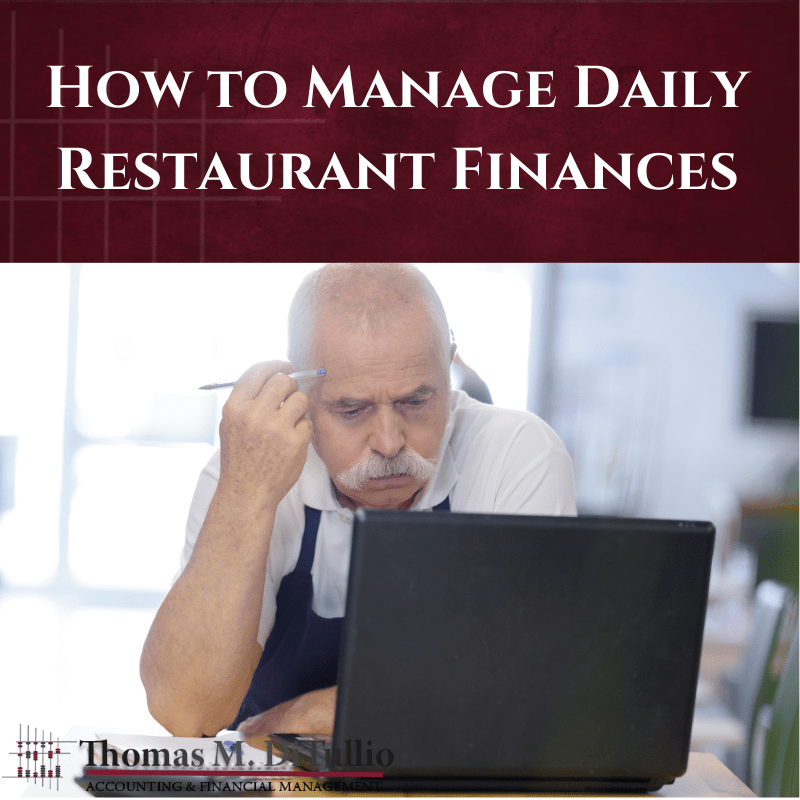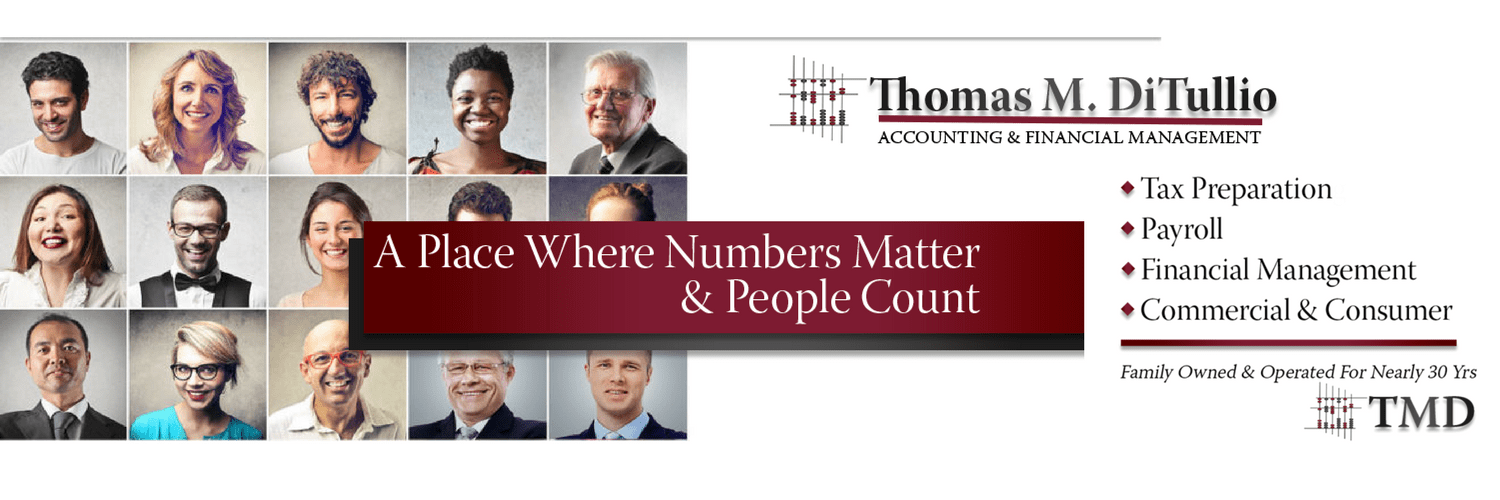How to Manage Daily Restaurant Finances
With fantastic staff members, world-class dishes, and acclaimed drinks, you can deliver an amazing dining experience to your customers. It might seem glamorous, but plenty of hard work goes on behind the scenes. The restaurant industry is challenging. Managing your finances is vital to running a successful business. If you don’t control that, it could spell disaster for your restaurant. Here are a few tips for managing the daily finances of your restaurant.
Understand Your Costs
Managing a restaurant is complex. The first thing you want to do is understand all of your costs. Those costs cover everything from labor to raw materials. You will also have to factor in additional expenses, such as utilities, rent, and equipment rental costs. With all of these expenses in mind, you can create a budget and effectively manage your finances.
Some costs are constantly changing. You need to be aware of variable and fixed costs. Variable costs can vary, but you can control them. For example, food is a variable cost. If the costs are too high, you can always go with another supplier or switch out menu items.
Fixed cost is a little different. These expenses will not change as you operate the business. Fixed costs include the payroll and overhead. Rent and your employees’ salaries will remain the same, whether there are customers or not.
With that in mind, you can start to budget your monthly costs. While these expenses can change over time, you have a basis to manage your finances.
How To Manage Daily Restaurant Expenses
Now that you have a basic understanding of your finances, you can do certain things to track those costs. Think about using small business accounting services to handle these tasks for you. With that, you can focus on other aspects of your business.
Whether you use a professional or not, here are some of the best ways to manage these finances.
1 – Budget Your Expenses
If you want to manage your finances, you need to budget them. Since you already know your fixed and variable costs, you can work around those figures to round out the budget. Make sure to budget all of your money and keep track of every expenditure. With a solid budget in place, you will know how much to spend on food, labor, and other essentials for your restaurant.
2 – Maintain a Cash Flow Statement
Along with a budget, a cash flow statement is equally important. With these statements, you can see how those daily activities impact the amount of cash for your business. A cash flow statement will tell you whether money is going out or coming into your business. Plus, a cash flow statement gives you the amount of cash on hand. Consider this statement to be a health checkup for your restaurant. A cash flow statement can give you an idea about where your business stands so that you can make plans for the future. Additionally, you will know where you can spend more money, such as hiring more employees. These statements are essential because cash flow will always affect the budget for your restaurant.
3 – Keep Payroll and Food Costs Under Control
Payroll and food costs can be hard for many business owners to control. Like cash flow, you need to be vigilant about these two parts of your expenses. Managing the staff’s schedules can be challenging. You need to have plenty of people on hand to make a memorable experience for your customers. However, you don’t want too many employees standing around with no business.
The same can be said for food costs. You want to have plenty of items to create your amazing dishes. Without customers, all of that food can go to waste. While it can be tricky for even seasoned owners to manage these costs, take a look at your daily reports. They can help you determine whether you need additional food or workers for the upcoming week.
4 – Check Your Reports Daily
Always be in the habit of managing all of your accounts on a daily basis. With that, you can clearly understand your expenses and sales. You will be able to track whether the restaurant is performing well or struggling for the day. If you notice a pattern in your sales, take a deeper look. You might be able to find a few areas to cut to help perform better with sales. You will not find these answers in a weekly or monthly report. You need to remain watchful and check those reports every single day.
In addition to that, you can plan and project your sales while cutting down on unnecessary expenses. Think of the daily sales report as a report card. It is not a final grade but a starting point where you can improve to help break even or turn a profit.
How To Break Even With Your Restaurant
When your expenses match the sales, that is known as the break-even point. At this stage, you are running a successful business. Before reaching the break-even point, you need to project all those costs in your restaurant’s budget. Since restaurants are all different, they will have different break-even points.
A quick-service restaurant will usually take three to six months to reach that level. Casual dining establishments can expect to reach the break-even point at 18 months. Finally, a fine dining restaurant breaks even at the two-year mark.
You can prepare for those expenses when you know the average break-even point. You never want to run out of money. When that happens, you cannot pay vendors, employees, or rent. By understanding the break-even point, you can plan for these slow times and keep track of your goals.
Managing a restaurant’s finances is tricky. With these tips, you can get a clearer view of your restaurant’s financial picture.
Need an Accountant for your Small Business?
At TMD Accounting, we have served the Gloucester County community for over 40 years. We are a flexible, affordable, and reliable solution to help manage your bookkeeping and payroll services. Schedule a consultation by calling 1-856-228-2205.


